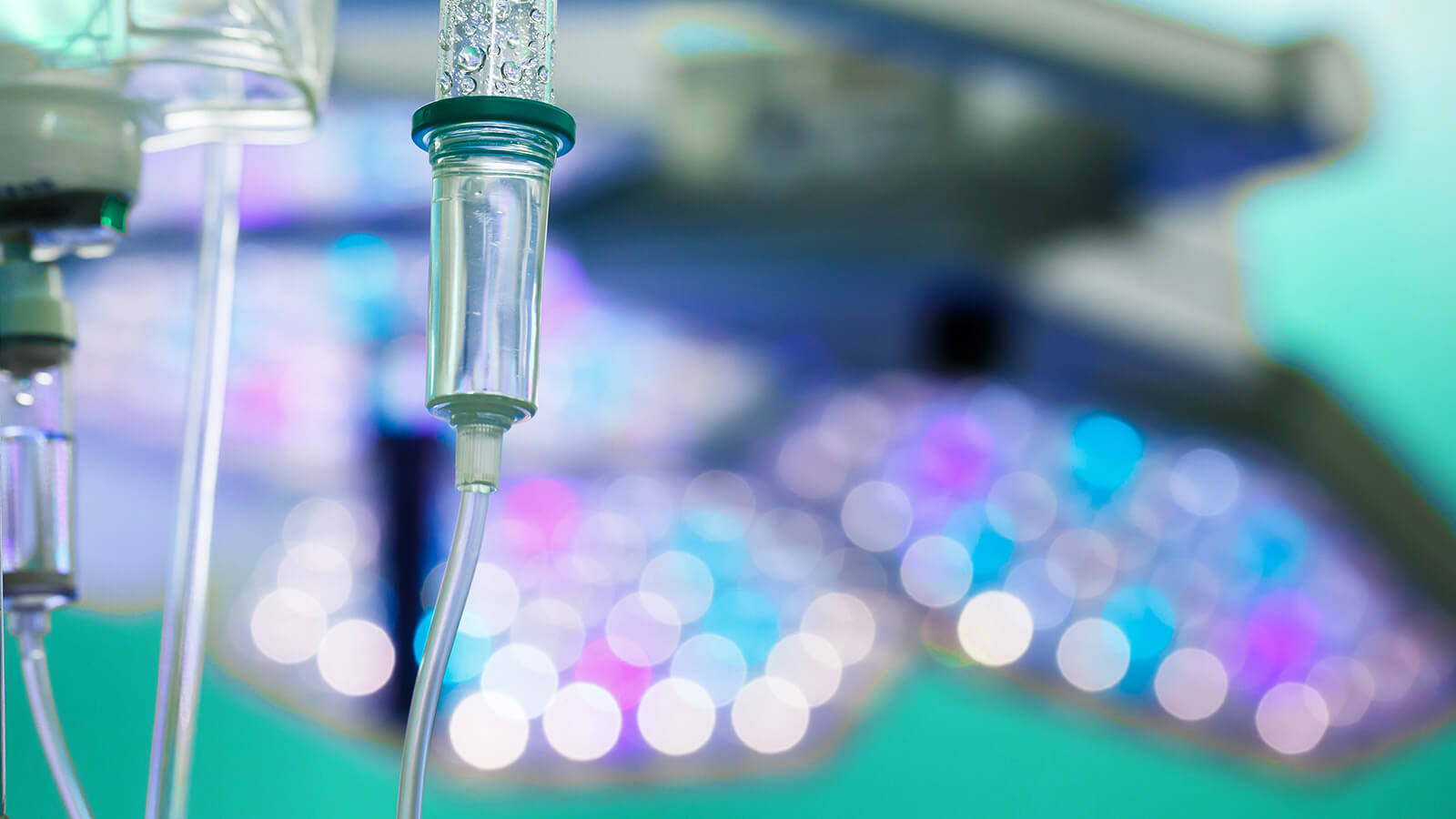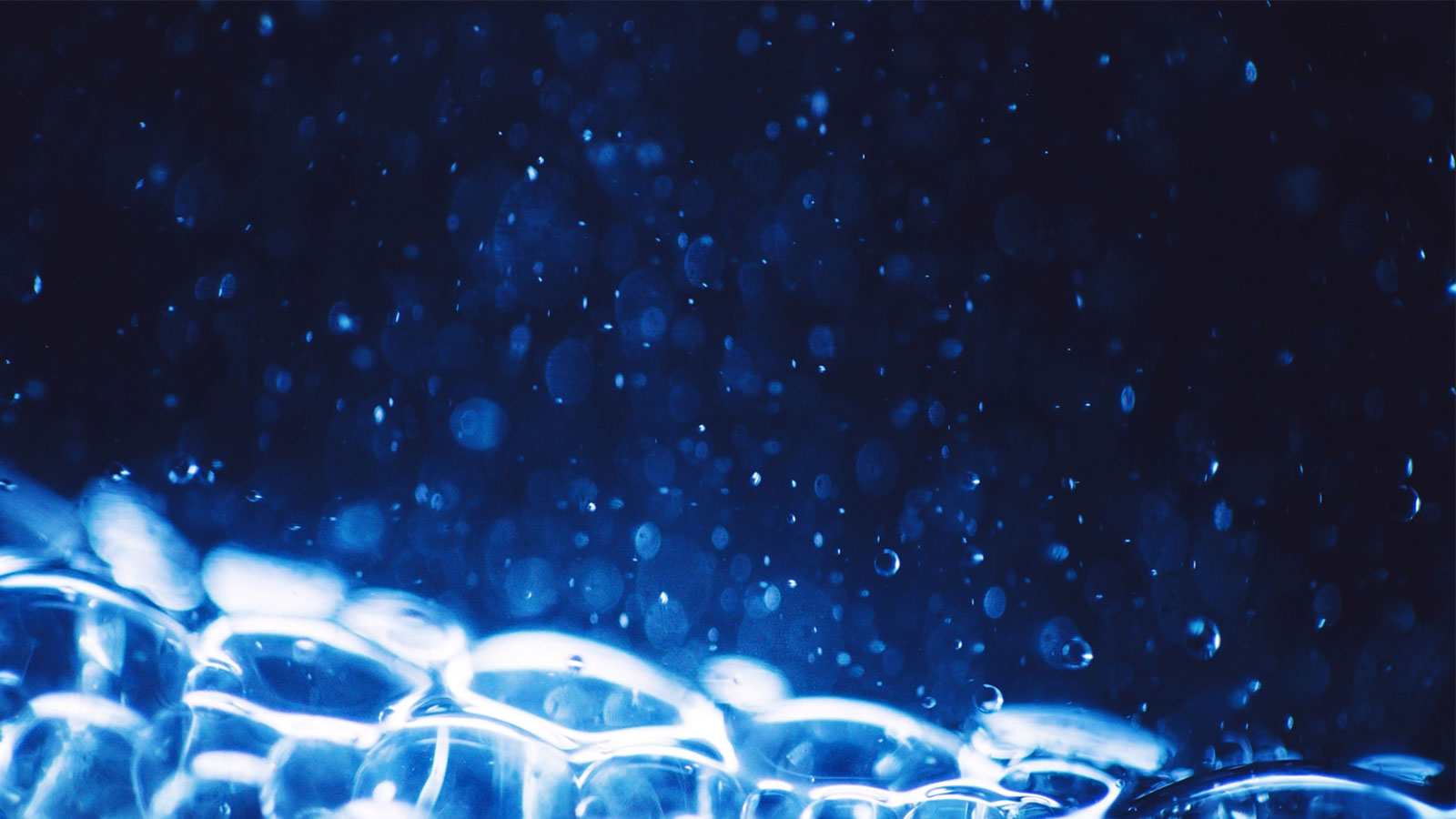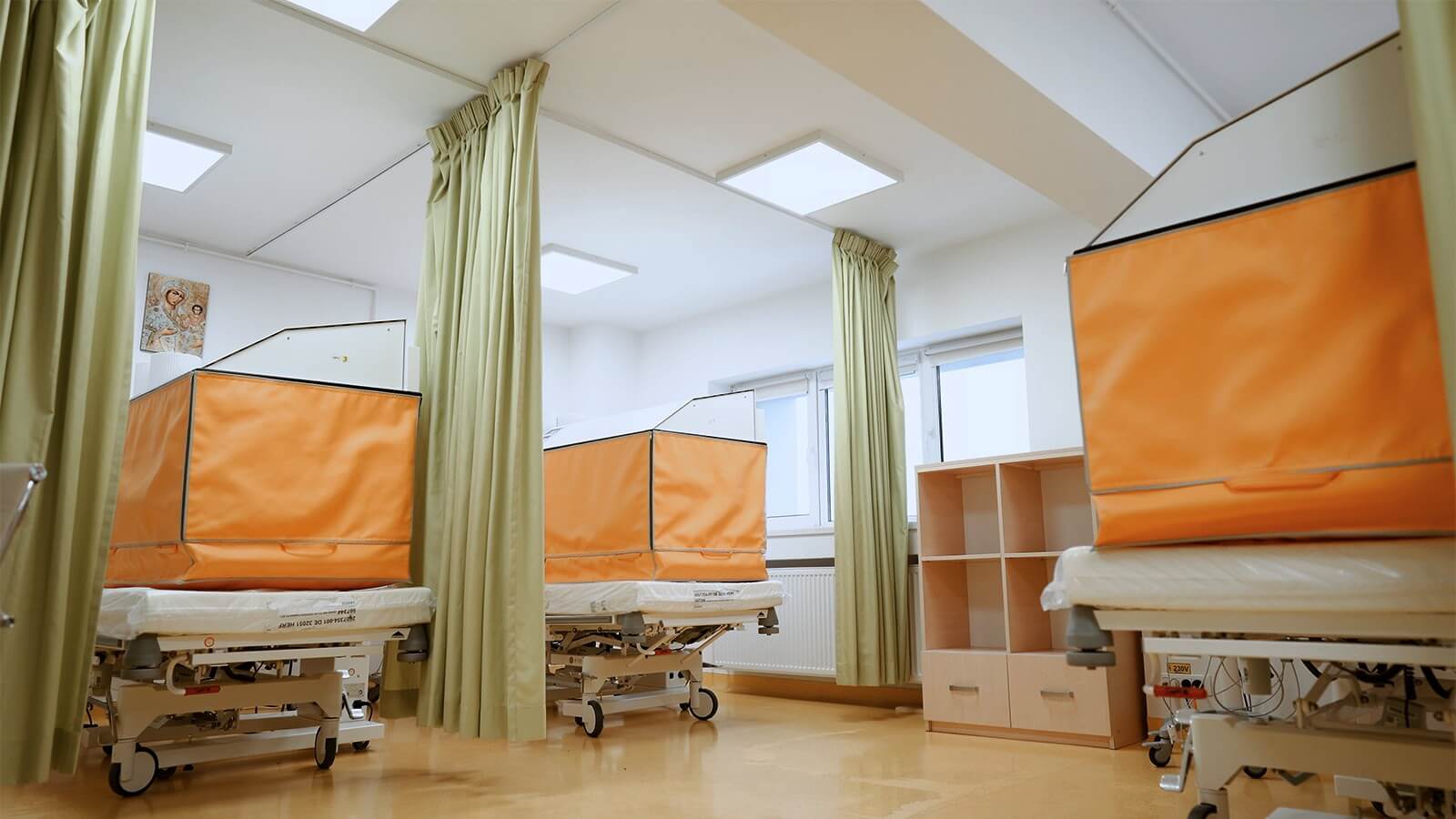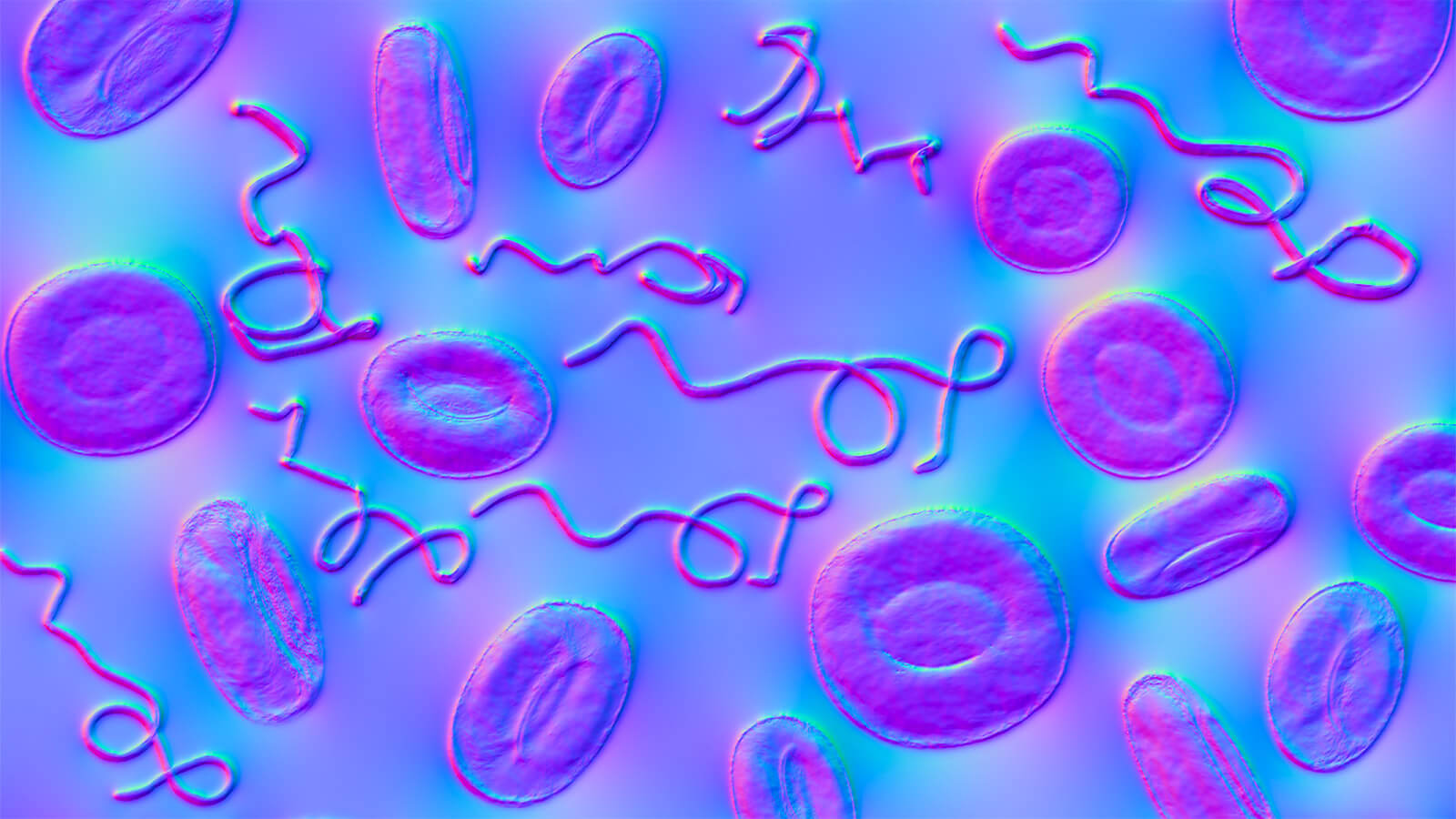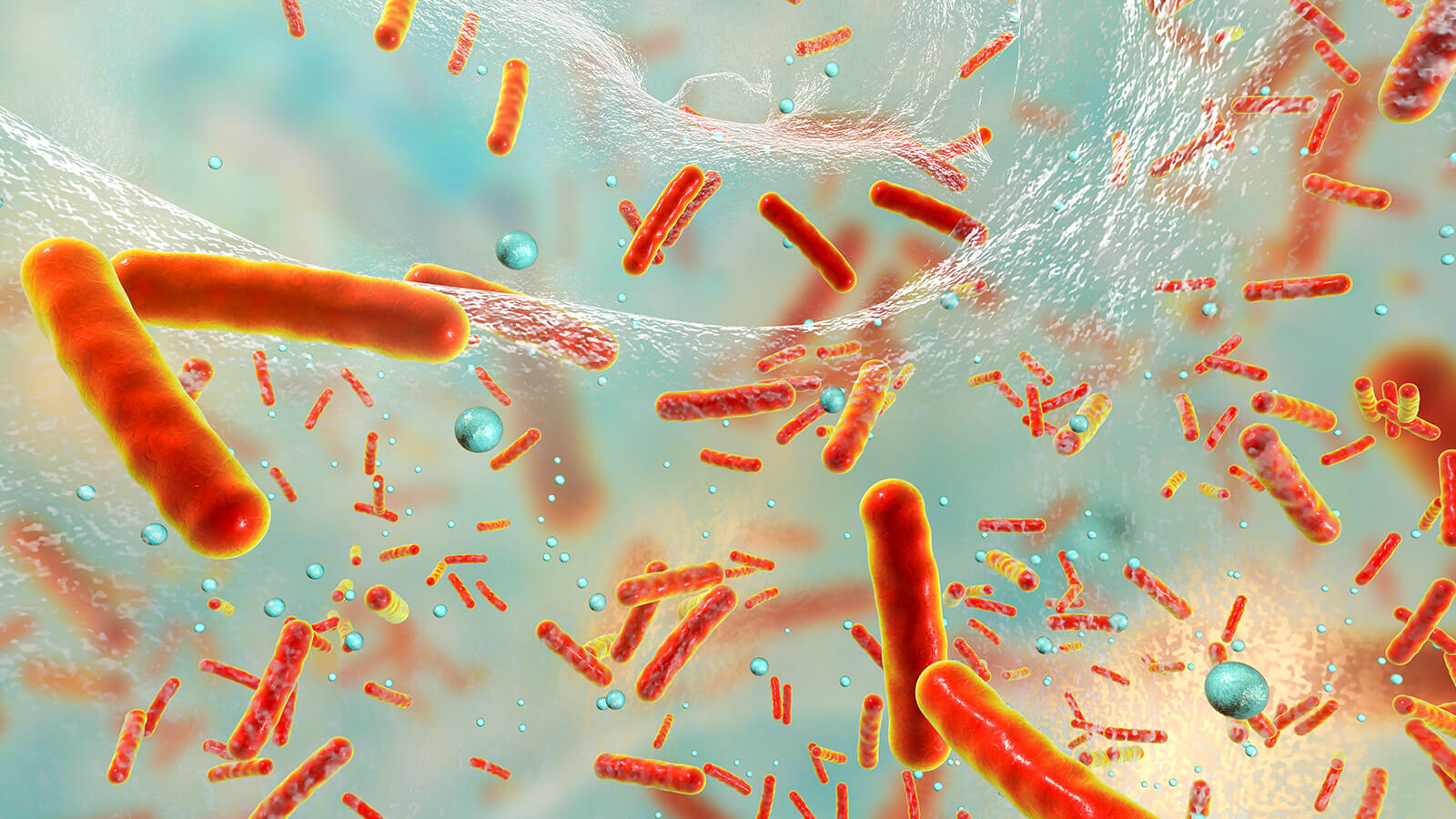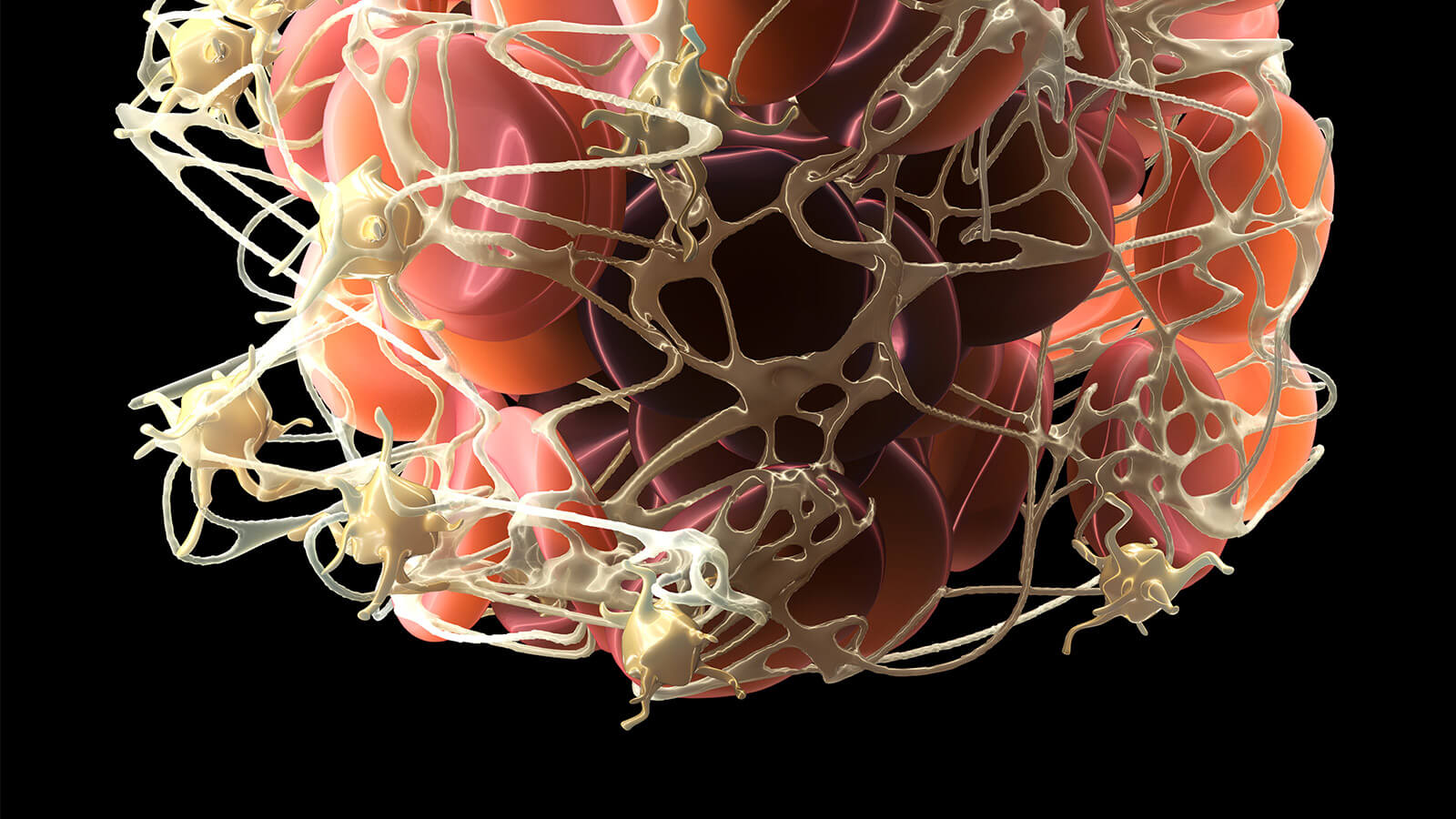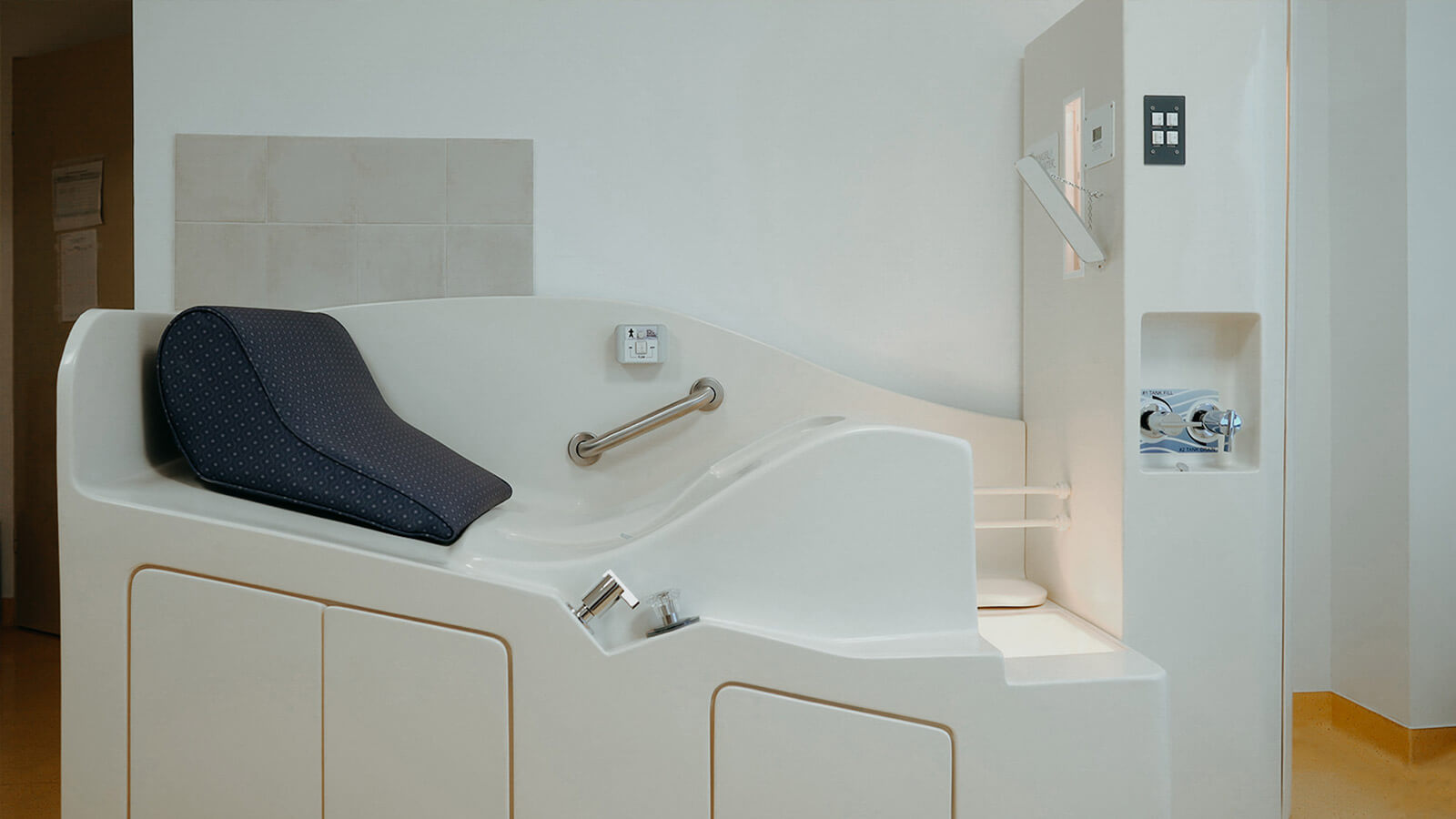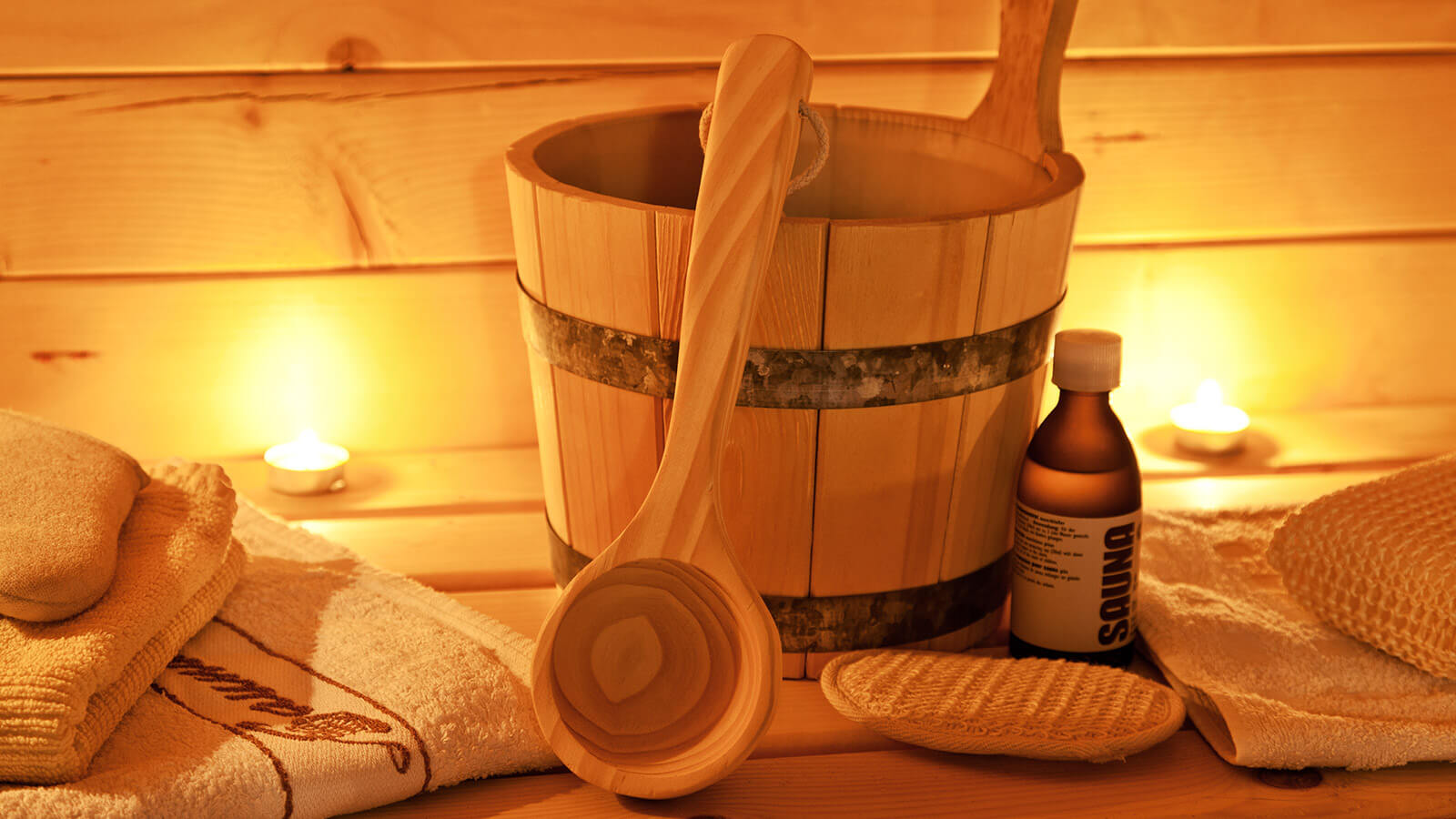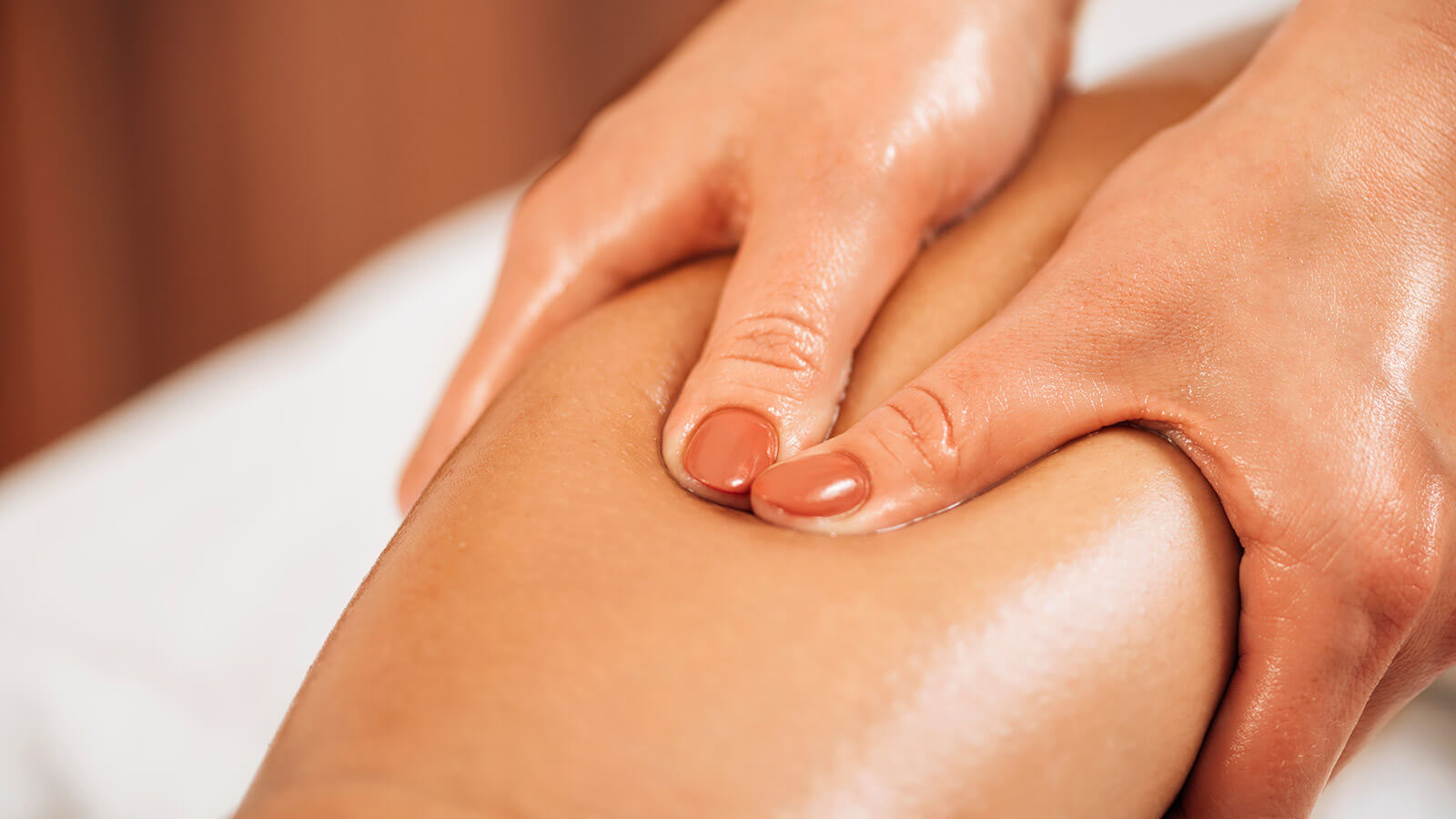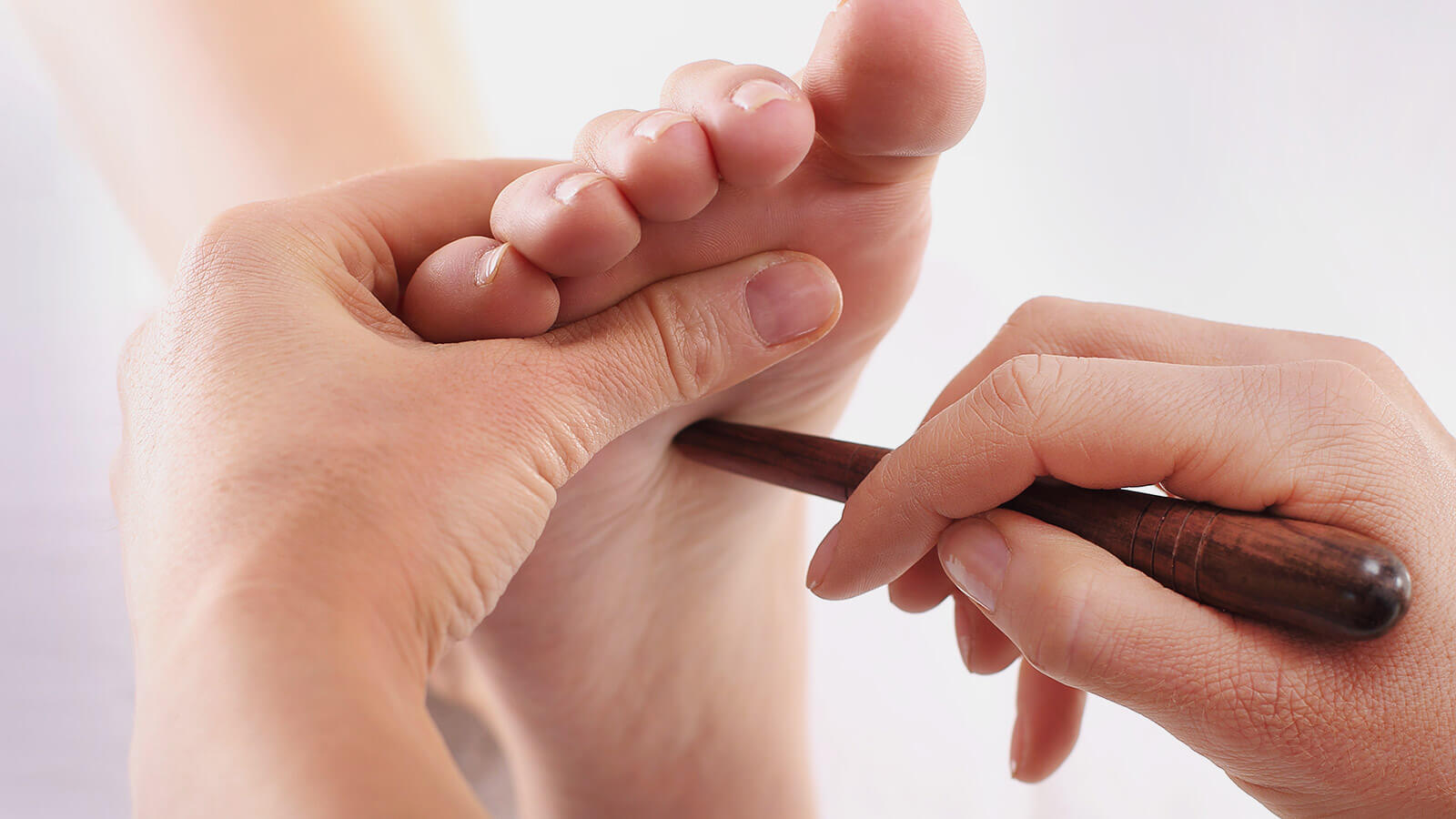
Hyperthermia in Lyme disease
Since the early 1980s, research has found that the multiplication, motility, and survival of Borrelia depend on temperature. But each strain has an optimal temperature range for proliferation.
For example, strain B31 (Borrelia burgdorferi sensu stricto) has an ideal mean temperature of 33°C and a growth range of 22°C to 39°C; for strain BR75 (Borrelia afzeli) the optimum is found at 35°C, while the range for multiplication is 20-40°C. For strain BR14 (Borrelia garini) the optimum temperature is 37°C with a growth range of 20-41°C.
A bactericidal effect of temperature was also observed for strains sensu stricto and aphosa at 41°C. All strains except BR14 (Borrelia garini) will survive at 41°C. At 42°C, garini cannot survive either, although, at 41°C, it can still multiply and has motility.
In this context,
can total hyperthermia
be considered helpful
in treating Lyme disease?
Of course, raising the temperature above 39°C can create significant stress for most strains, but increased temperature alone may not lead to the desired effects. The duration at which the body should be maintained at a temperature above 41°C to destroy all spirochetes and biofilms should far exceed the span of a few hours session.
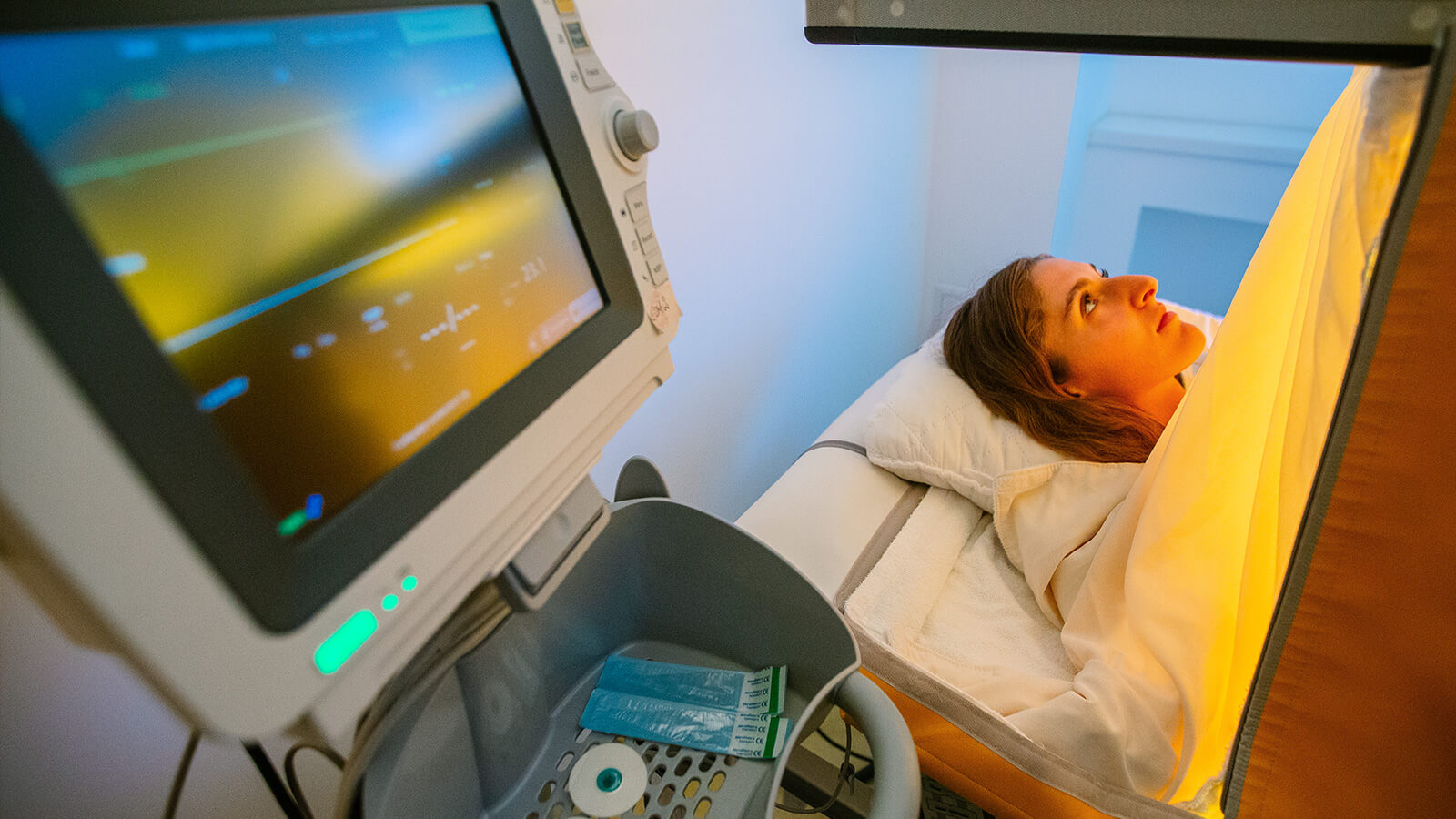
A 1996 study sheds a whole new light on the effectiveness of total hyperthermia in Lyme disease. Reisinger and colleagues find that the efficacy of antibiotic treatment increases 16-fold when the temperature is raised by two degrees, from 36°C to 38°C. At higher temperatures, the effectiveness of the antibiotics is even more higher. So, this effect is sufficient to explain the importance of total hyperthermia in Lyme borreliosis therapy.
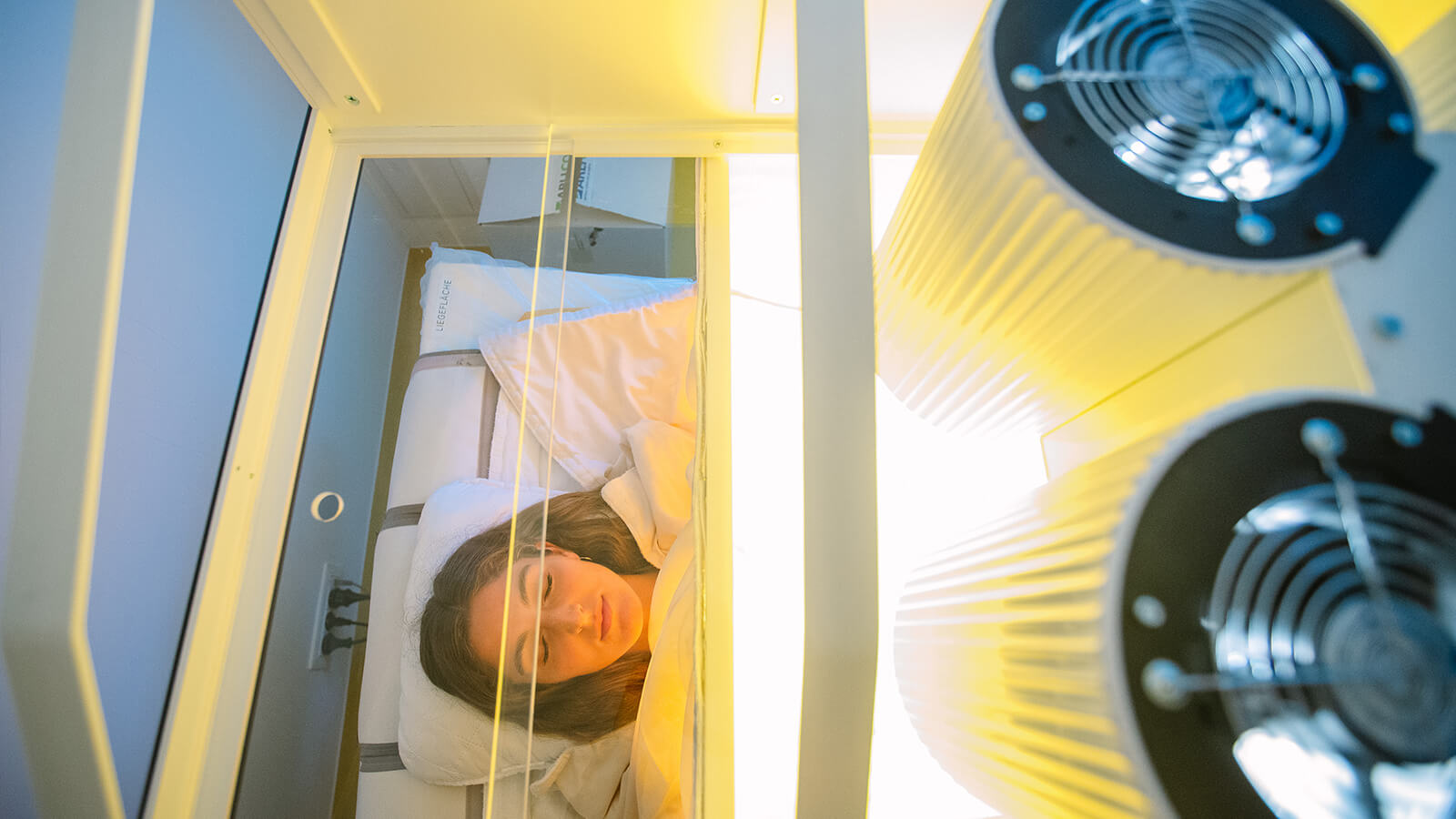
Another explanation for the bactericidal effect of total hyperthermia is stimulating the immune reaction against Borrelia and other pathogens, bacteria, or viruses. For example, hyperthermia stimulates T cell proliferation via Interleukin 1 and 2. Hyperthermia also enhances the efficiency of macrophages in destroying bacteria, especially in producing NK (Natural Killer) and NKT (Natural Killer T) cells. Increased immune response in most cases ensures successful treatment of Lyme disease.
The therapeutic solutions we provide
Comprise a wide range of conventional, adjuvant and supportive therapies, which integrate medical concepts that have been built on a sturdy scientific basis and on the clinical experience of numerous Lyme disease specialists worldwide.
ImunoMedica patients have access to the latest diagnostic tools, technologies and innovations as well as to the latest and best treatments available, as soon as these are proven to be safe and effective.
How can you become a patient of our clinic?
Throughout the whole process, from your initial contact, through treatment and after you leave our clinic, our patient coordinators will guide you through the steps and support you with all their expertise, attention and kindness.
*
We are here to help you
Our patient coordinator will contact you soon
Phone: +40.771.518.946, e-mail: office@imuno-medica.ro

